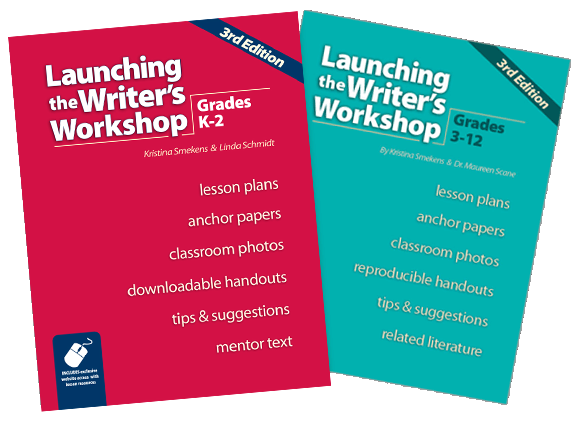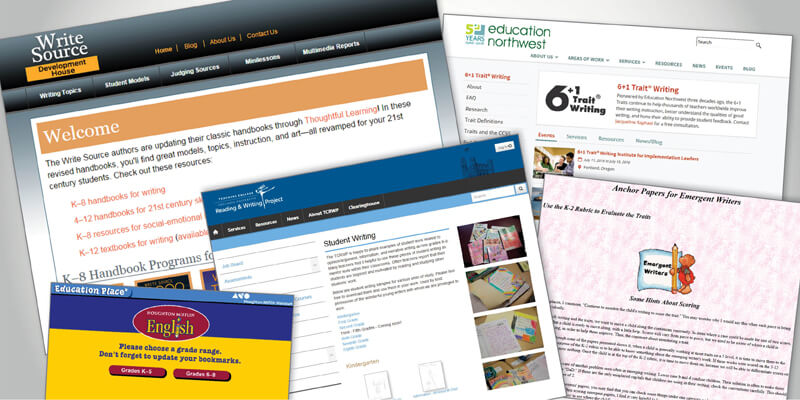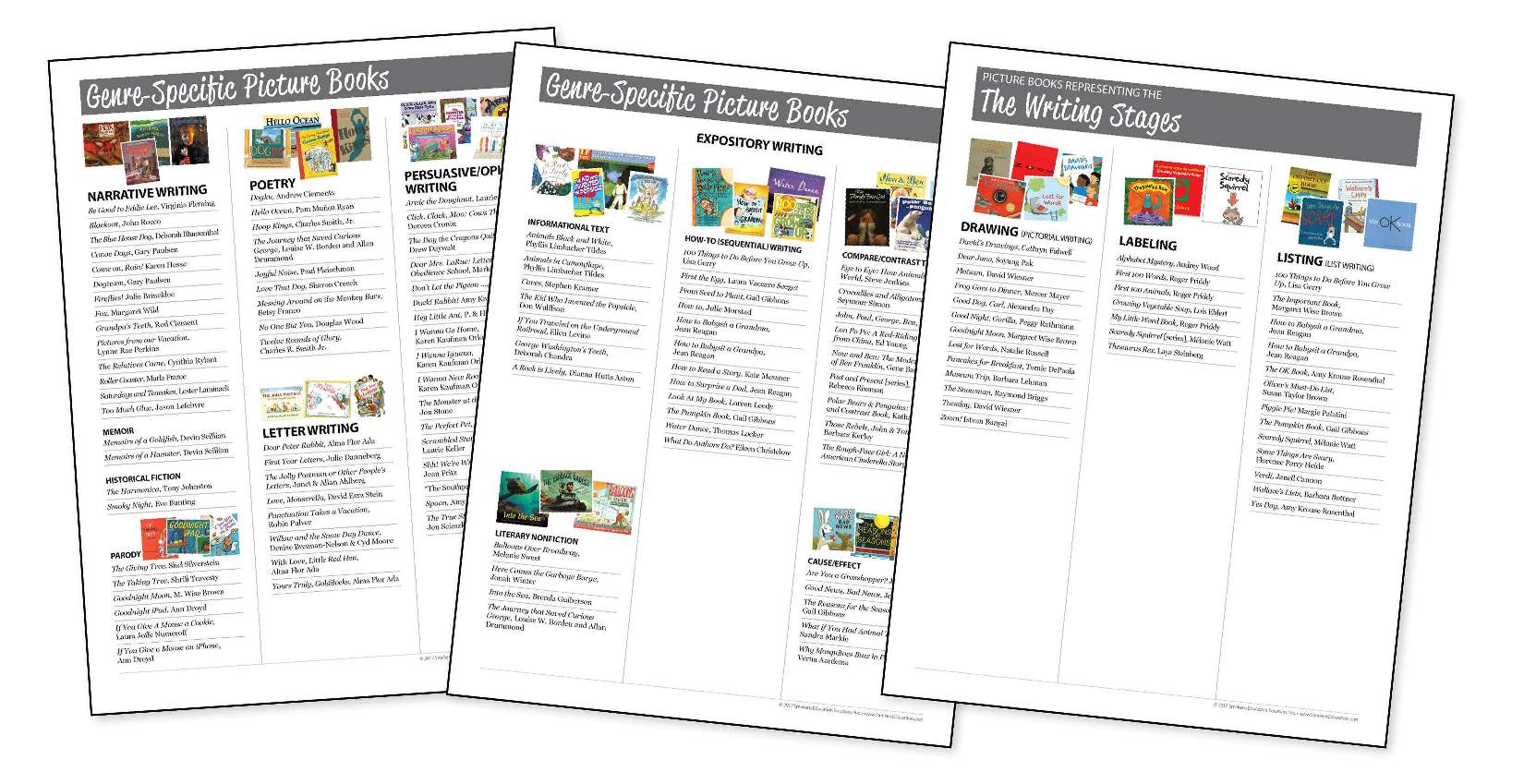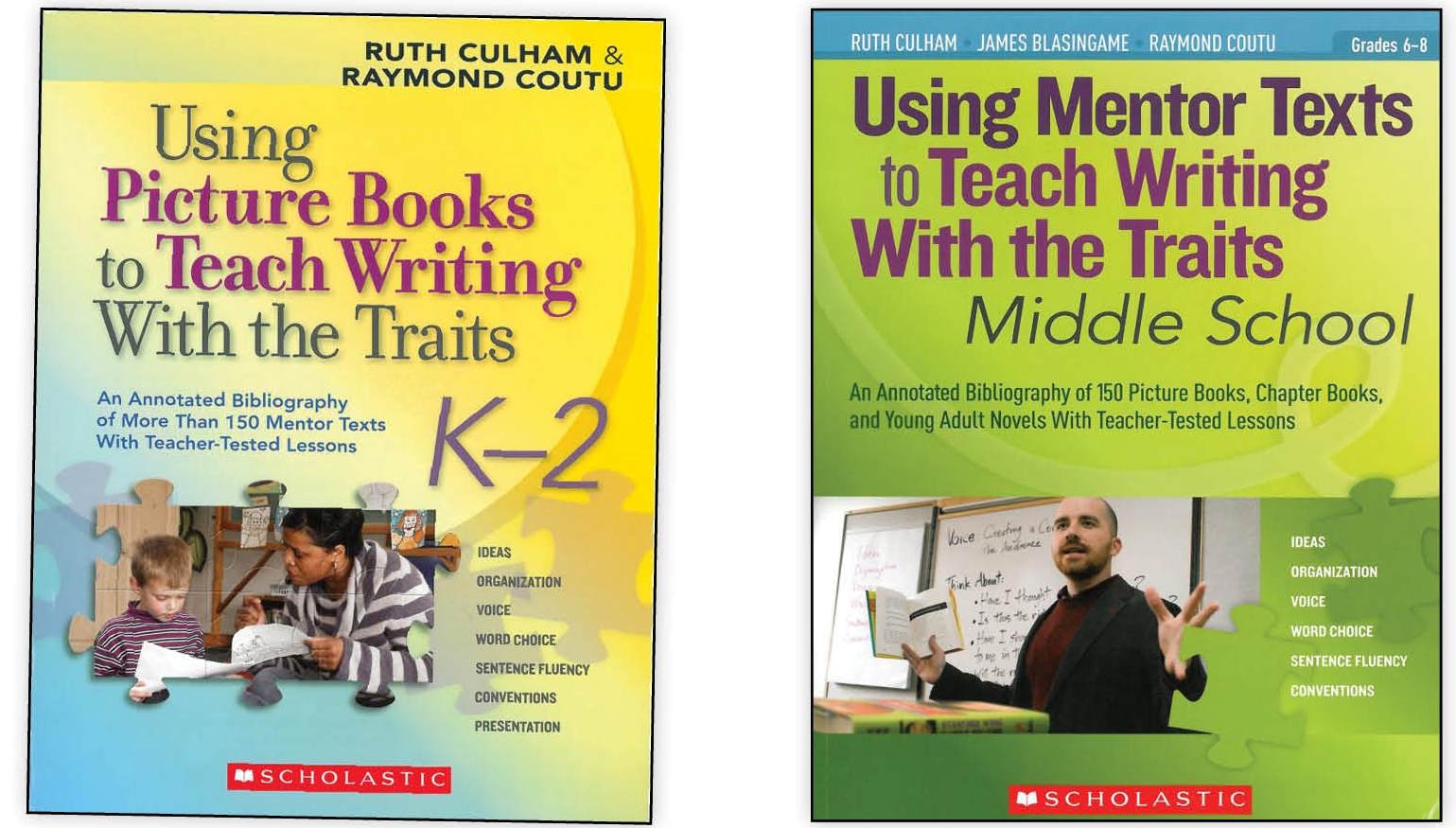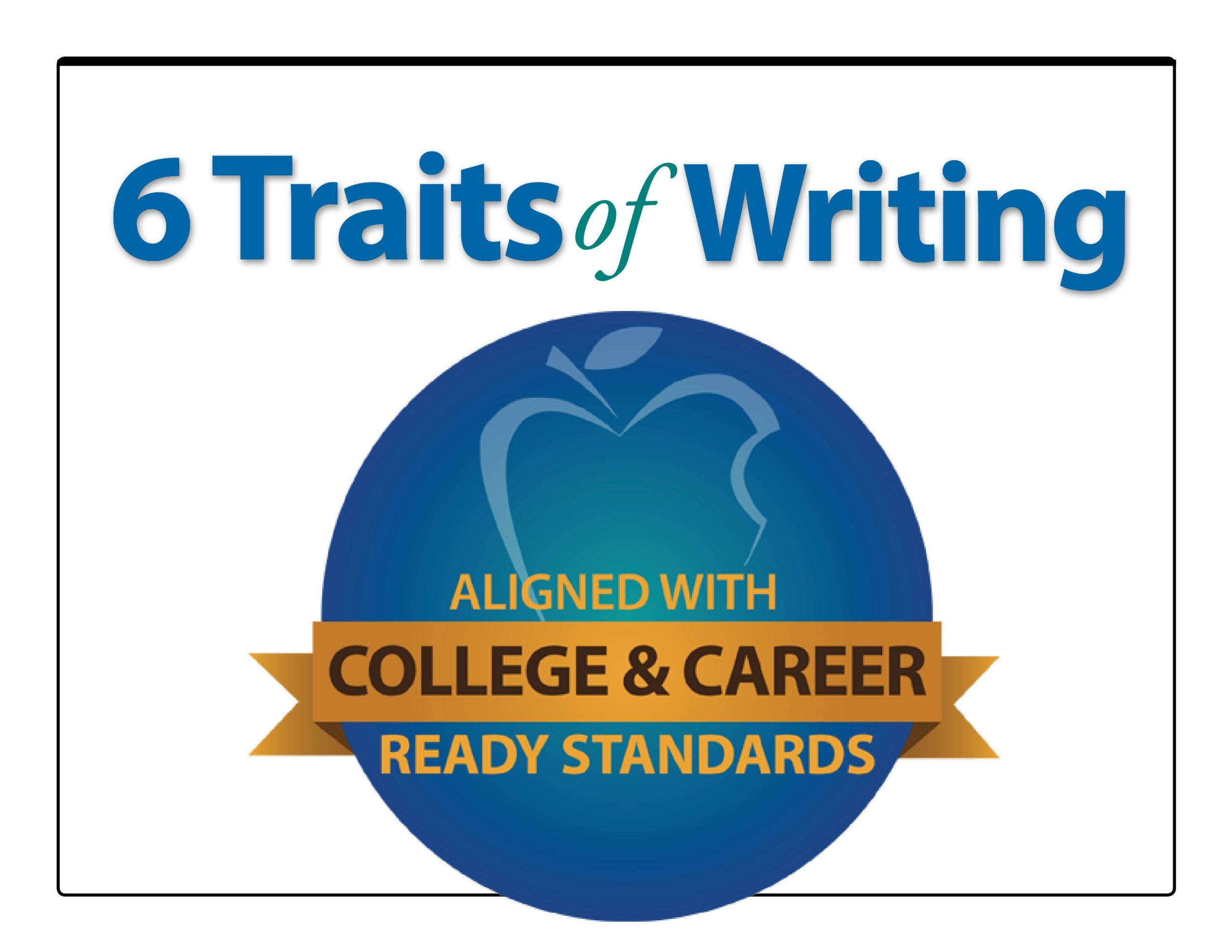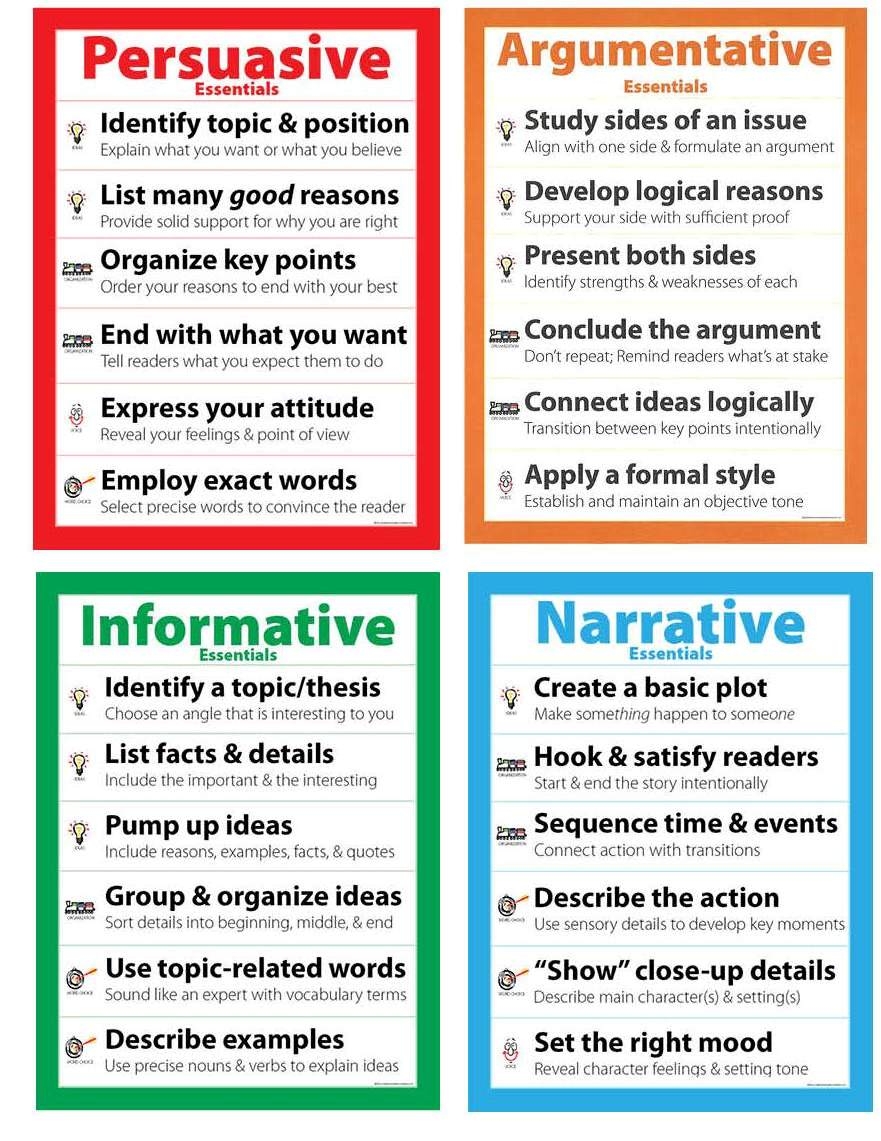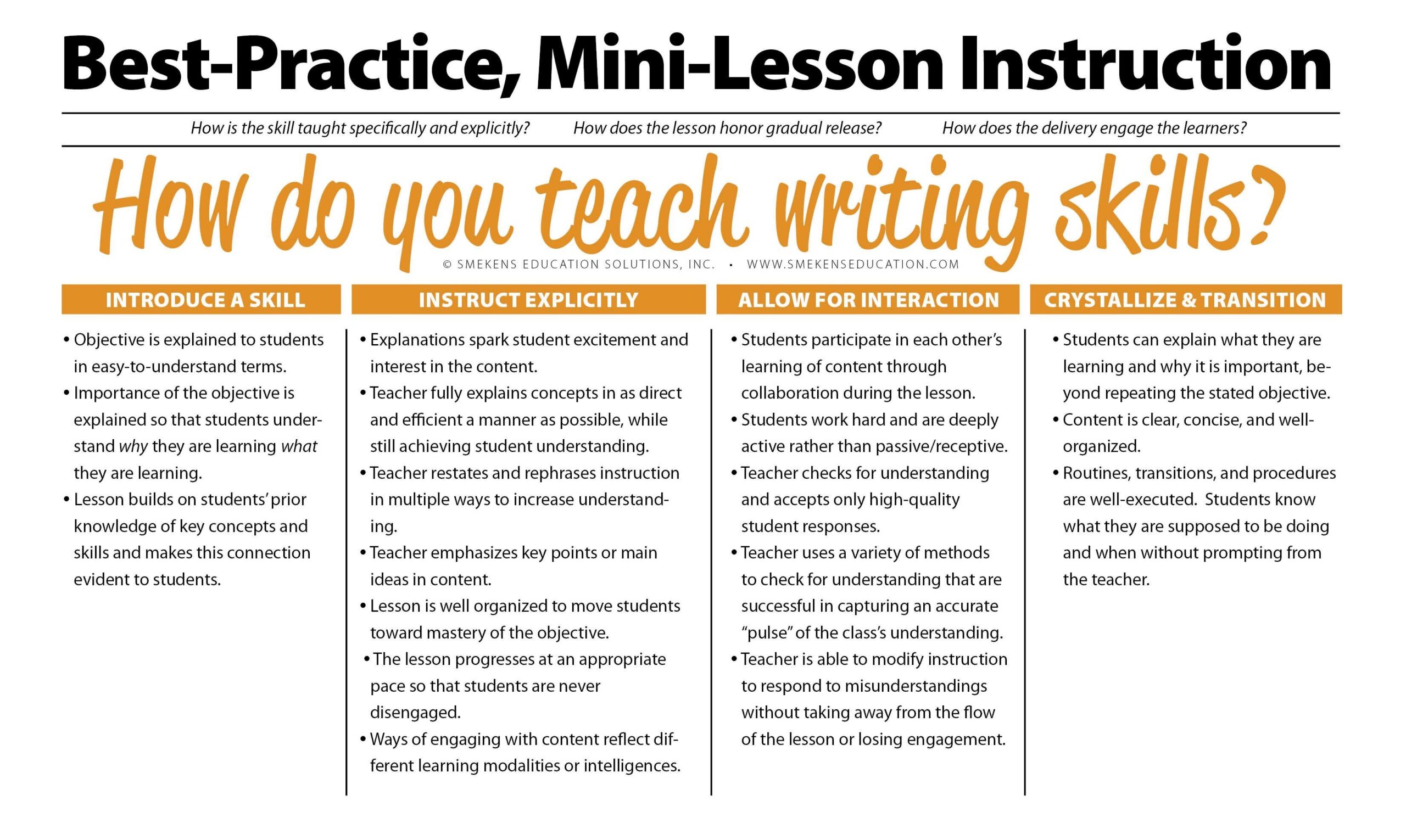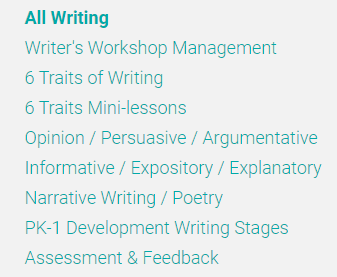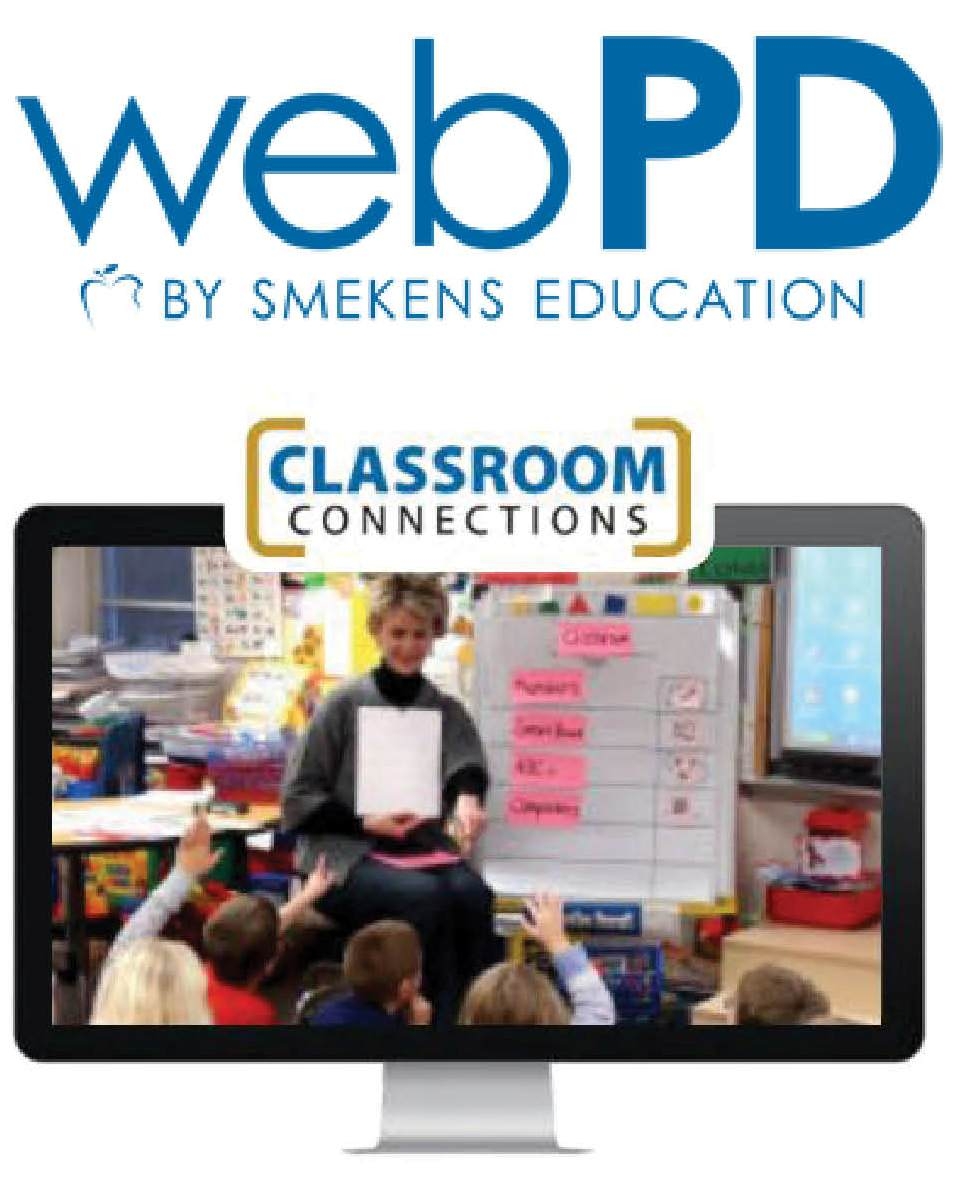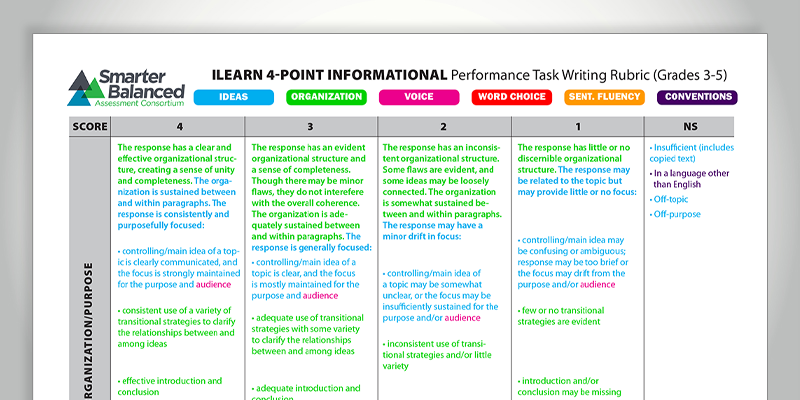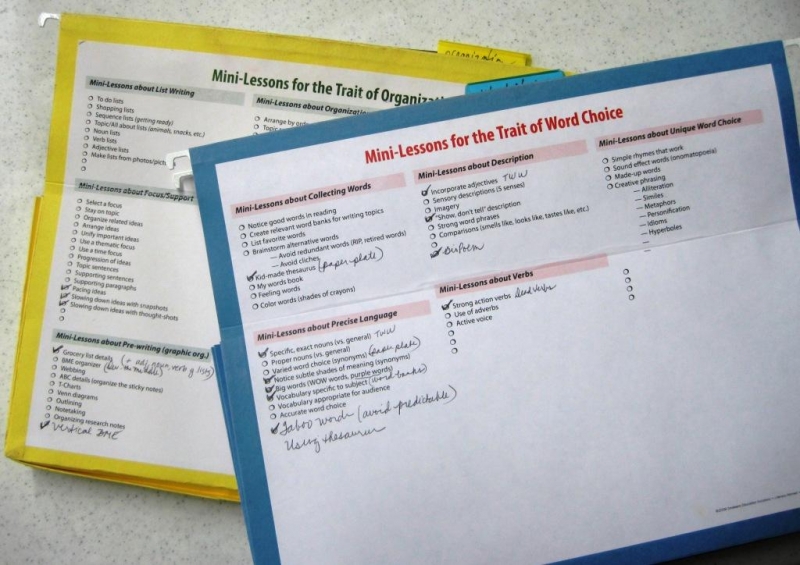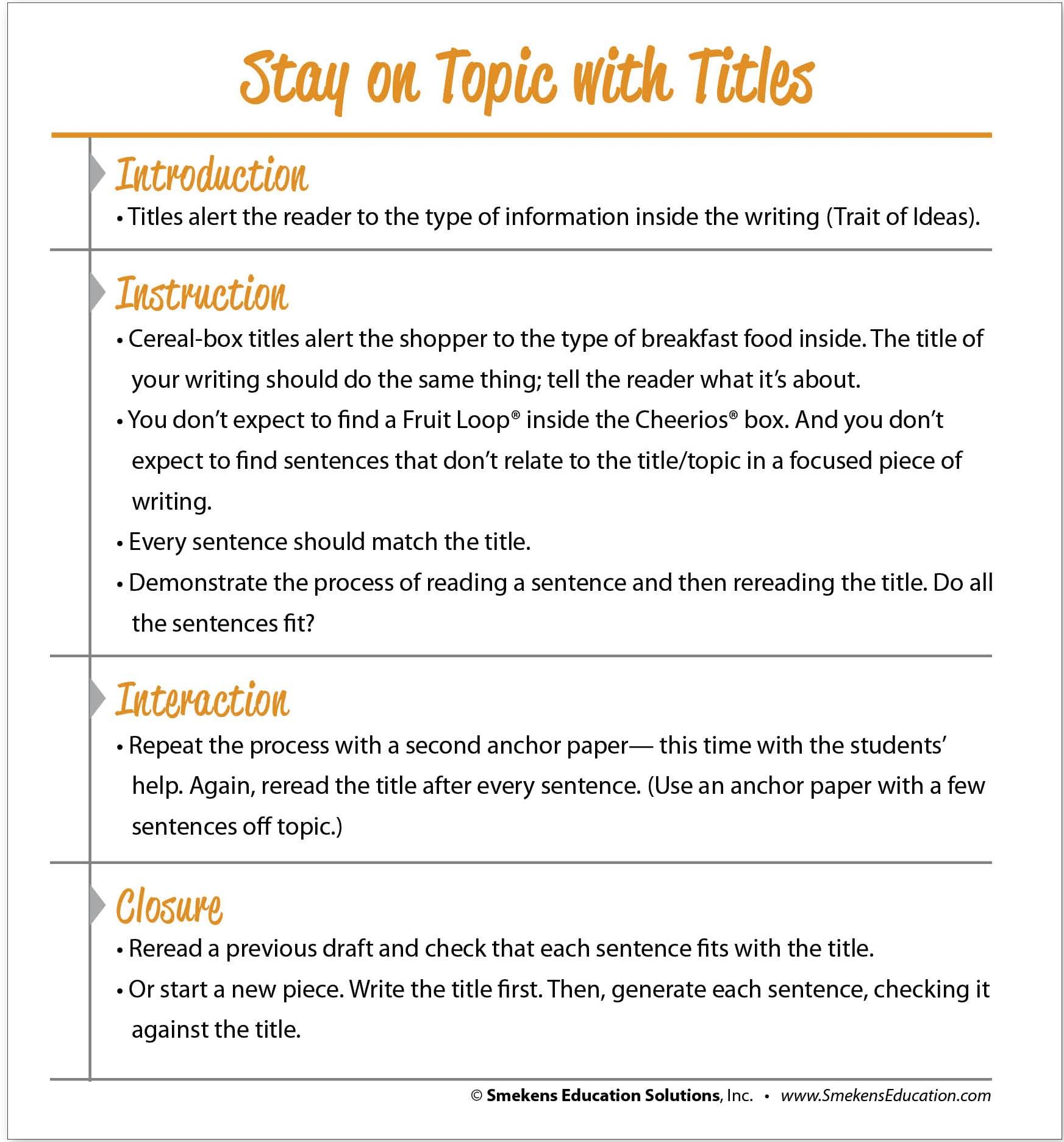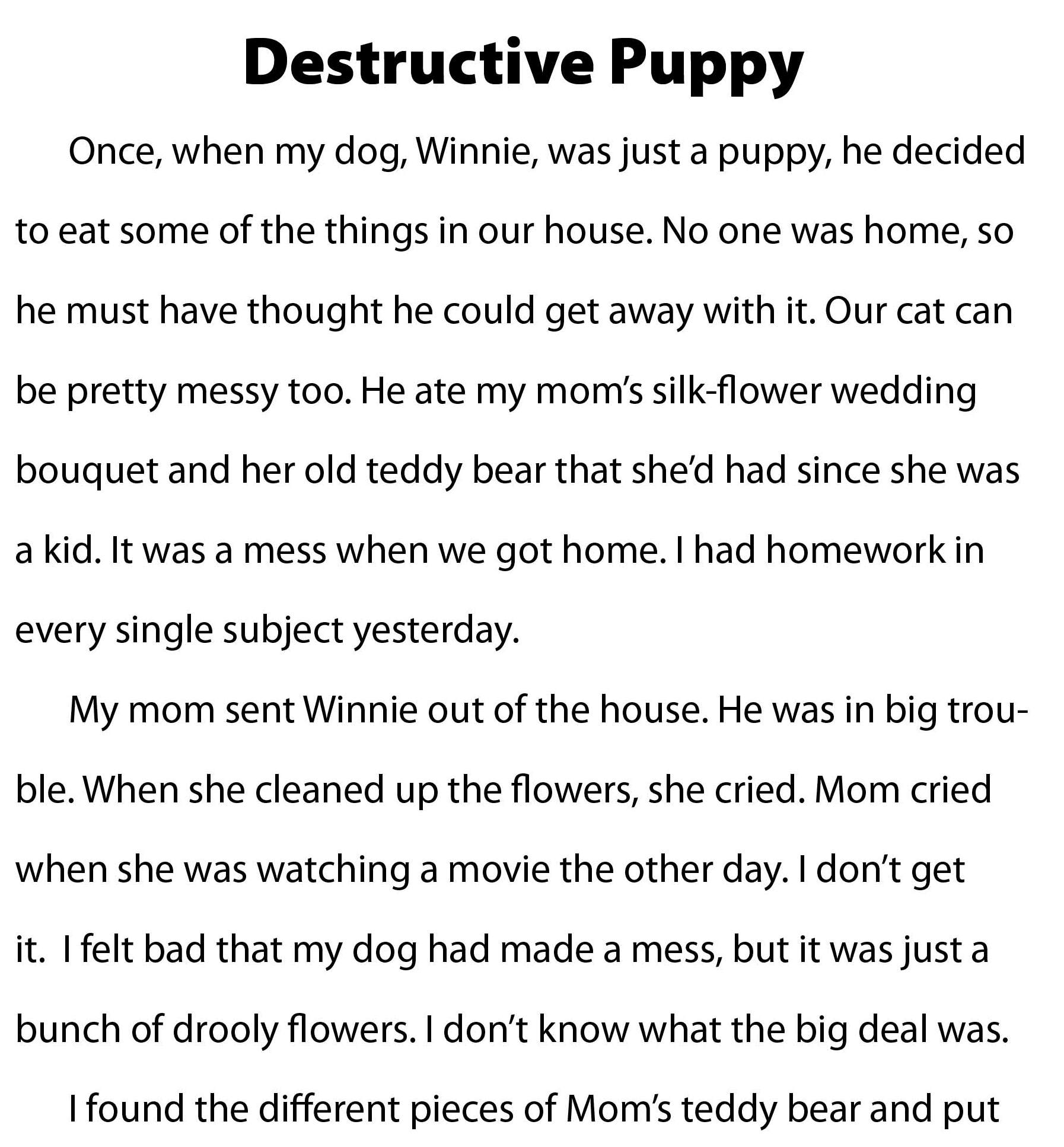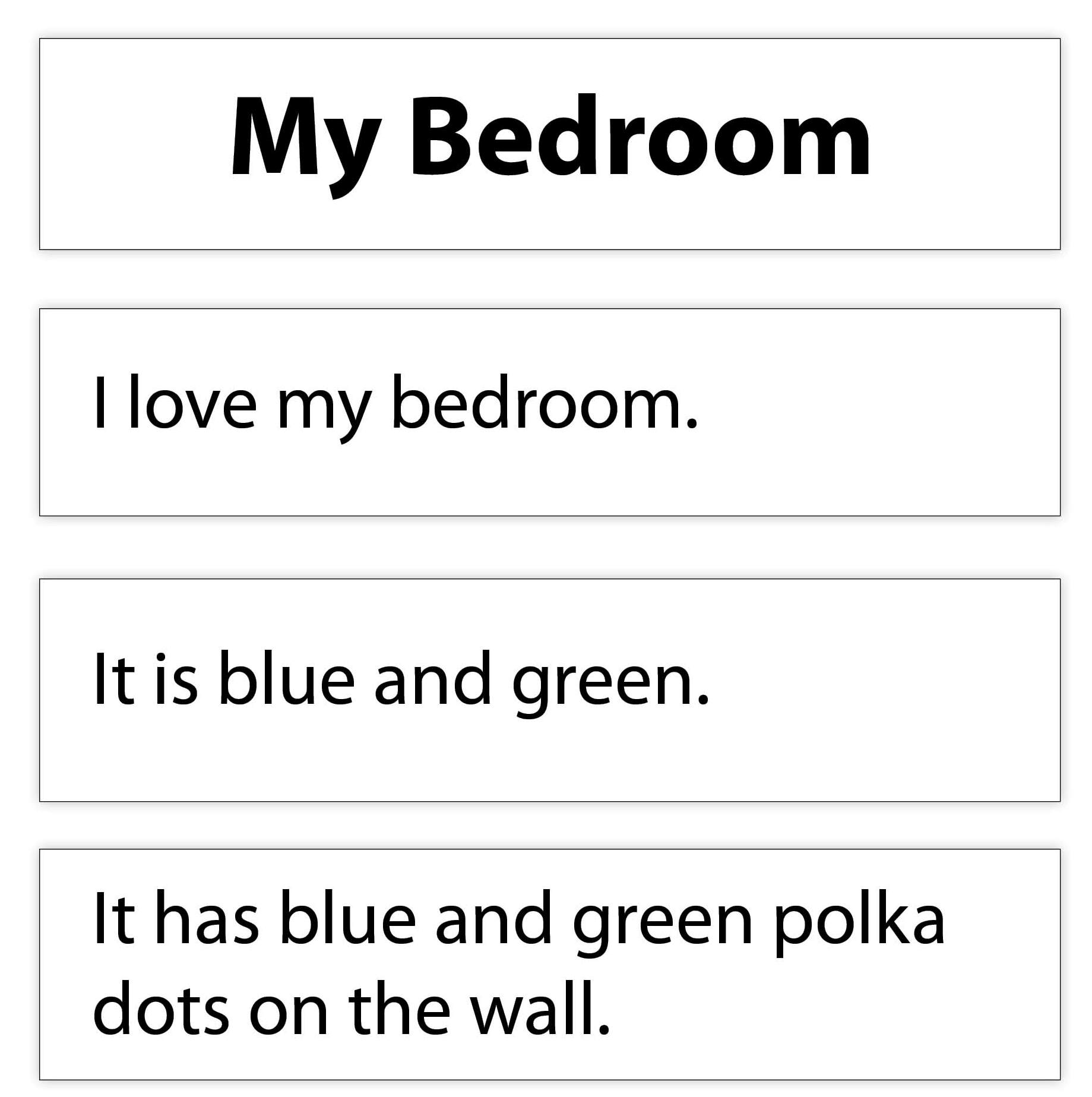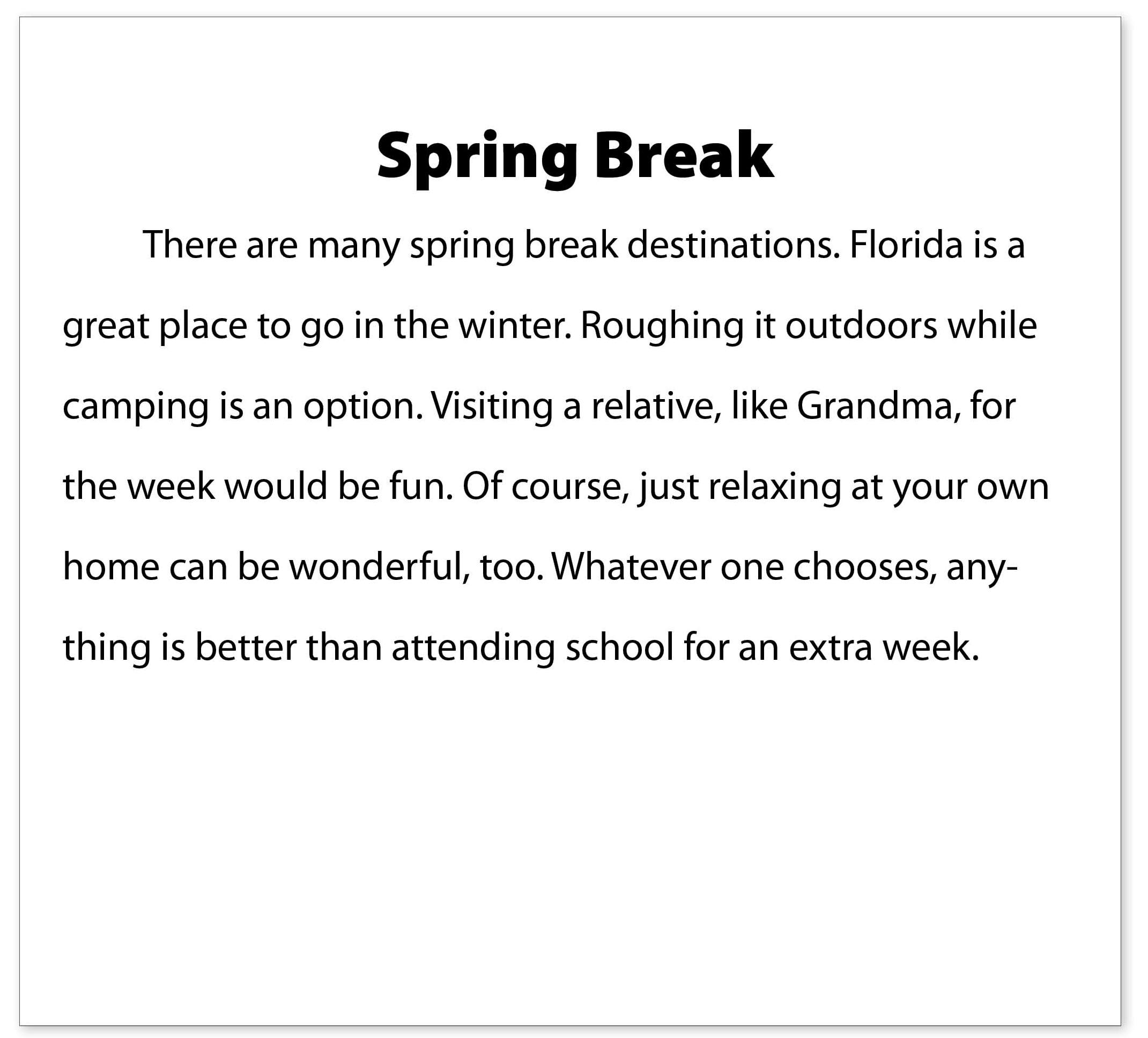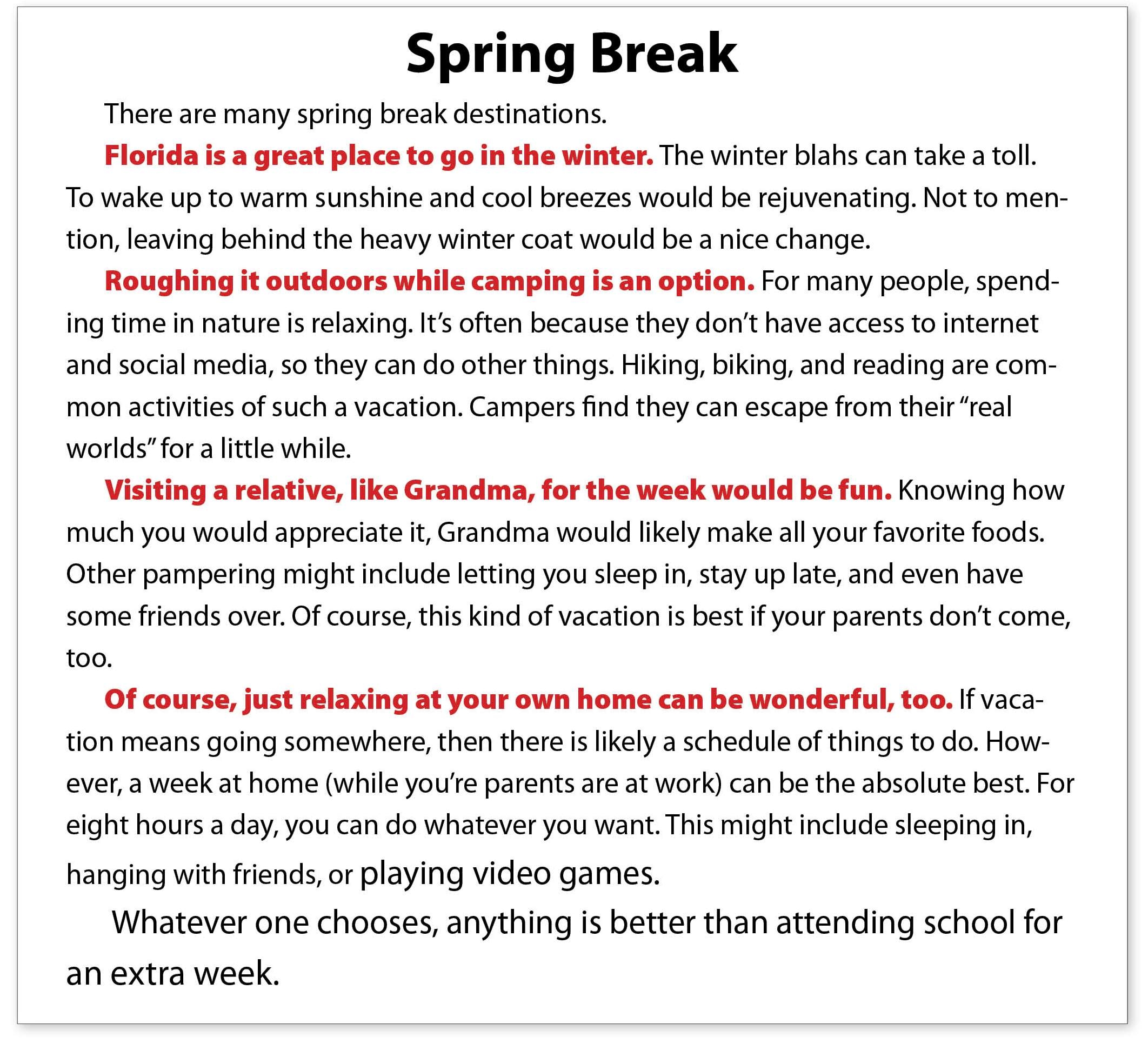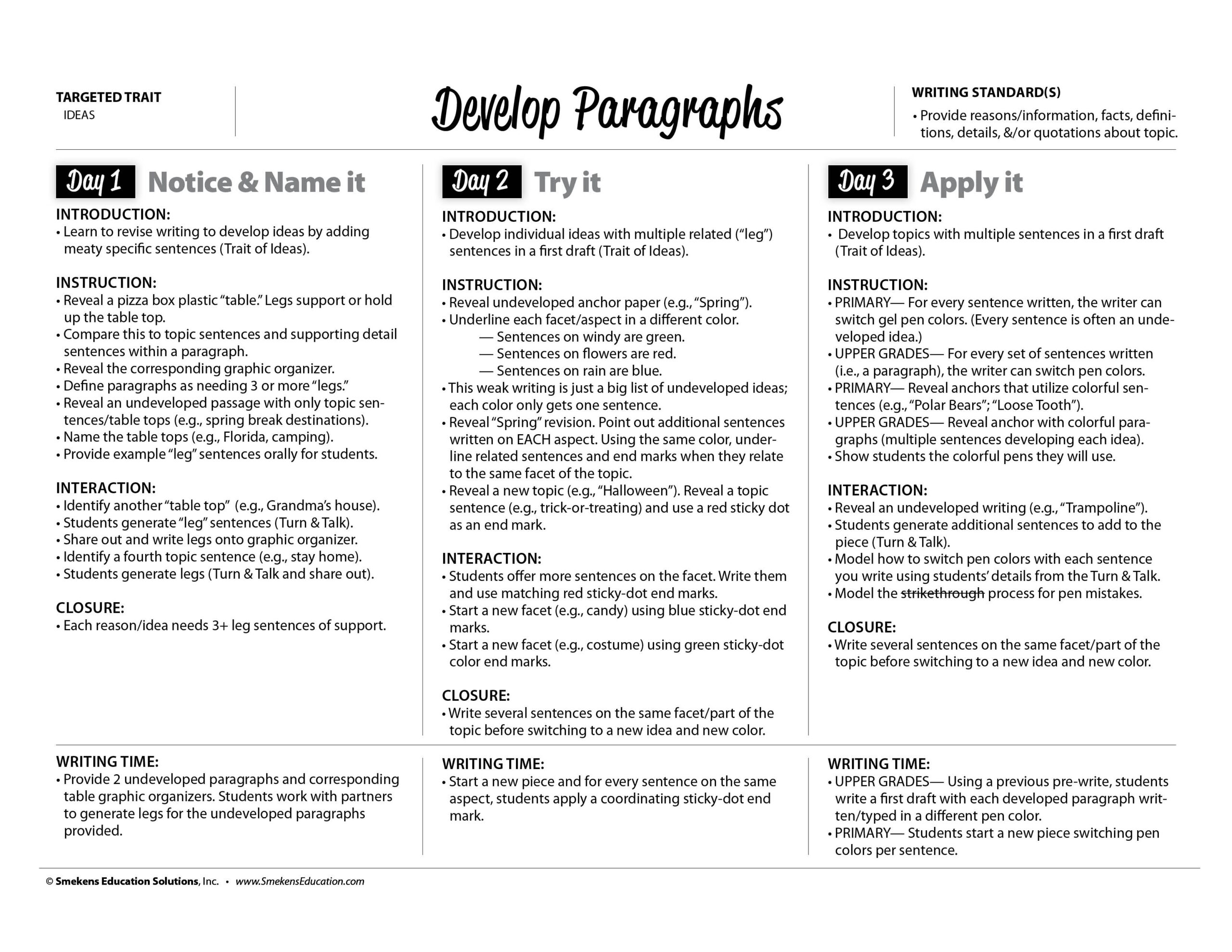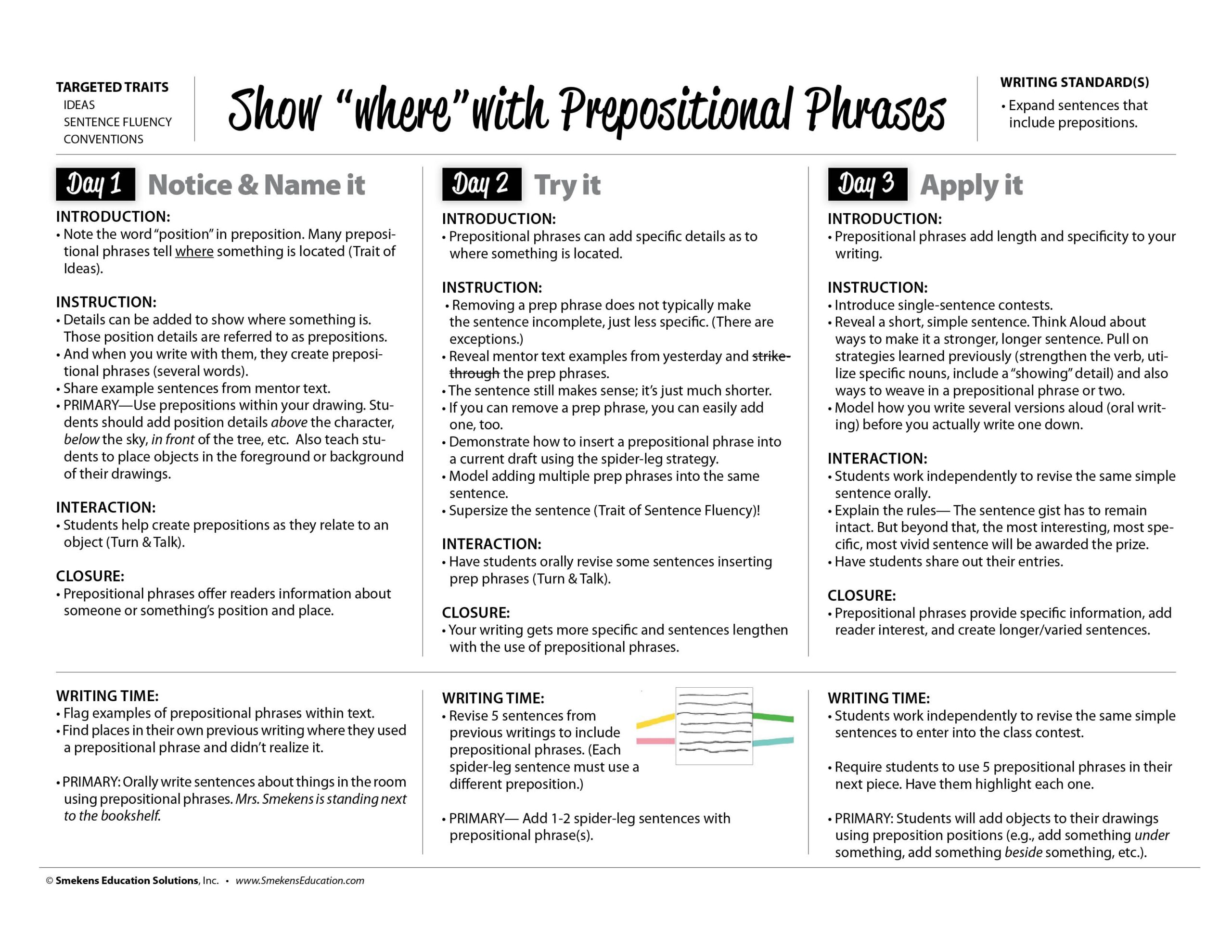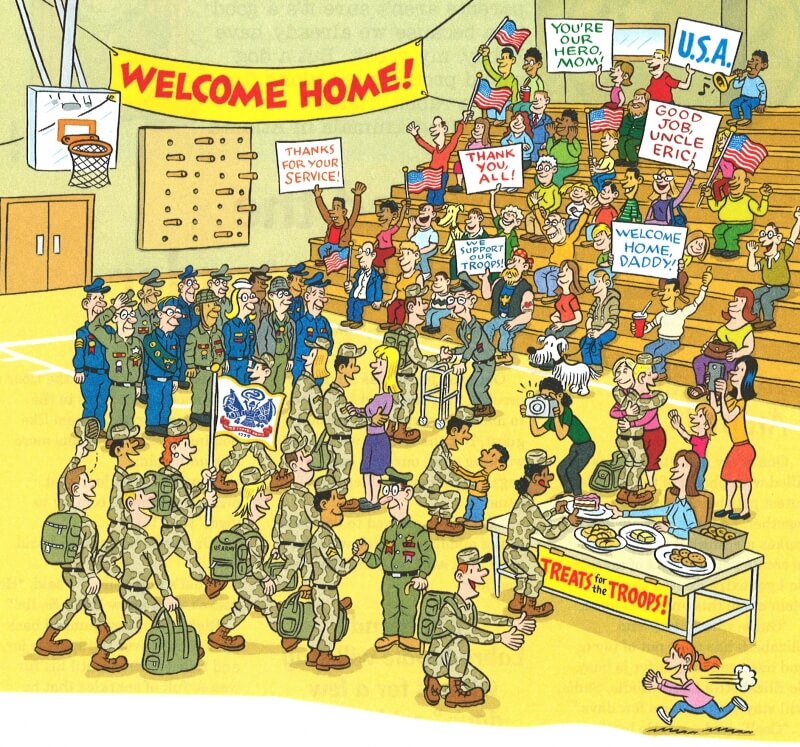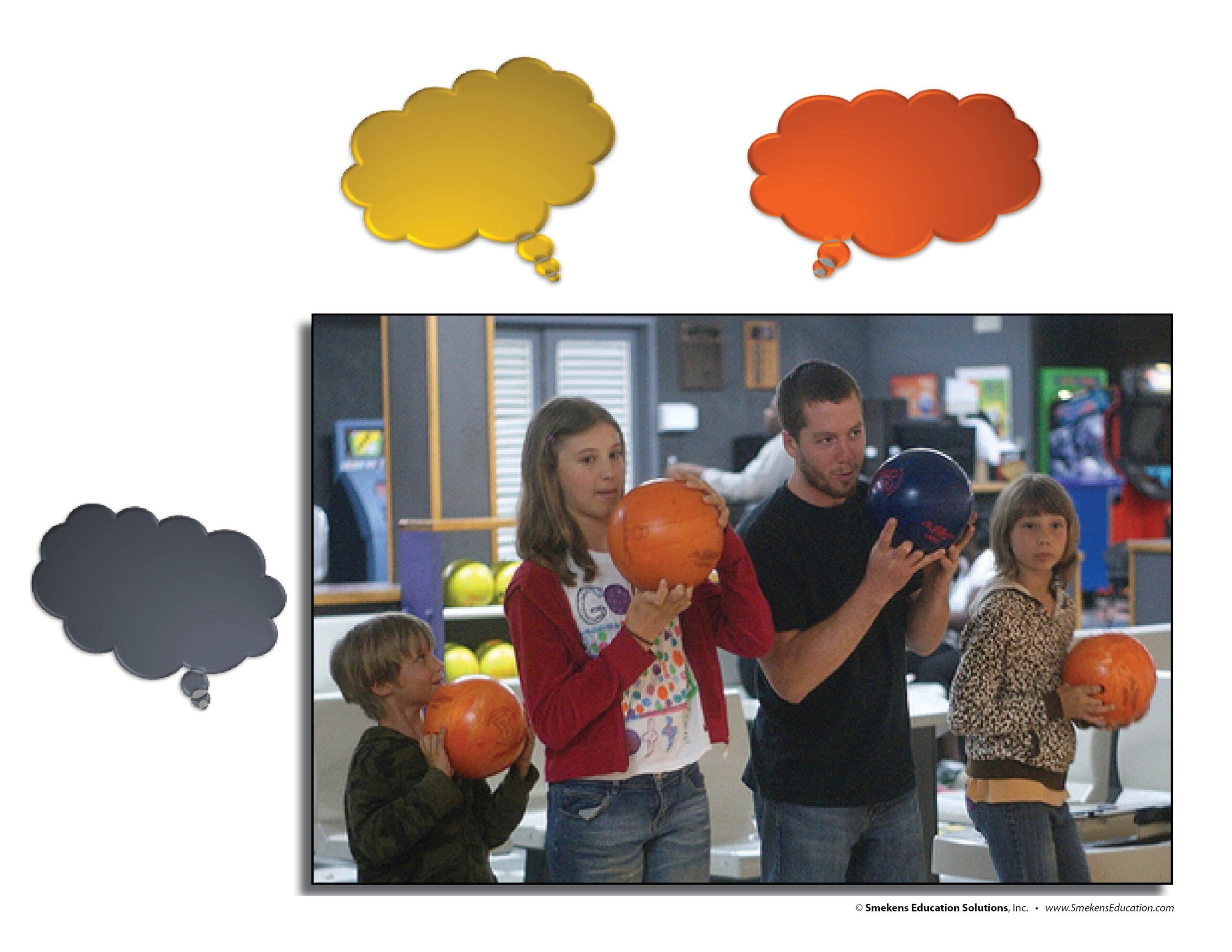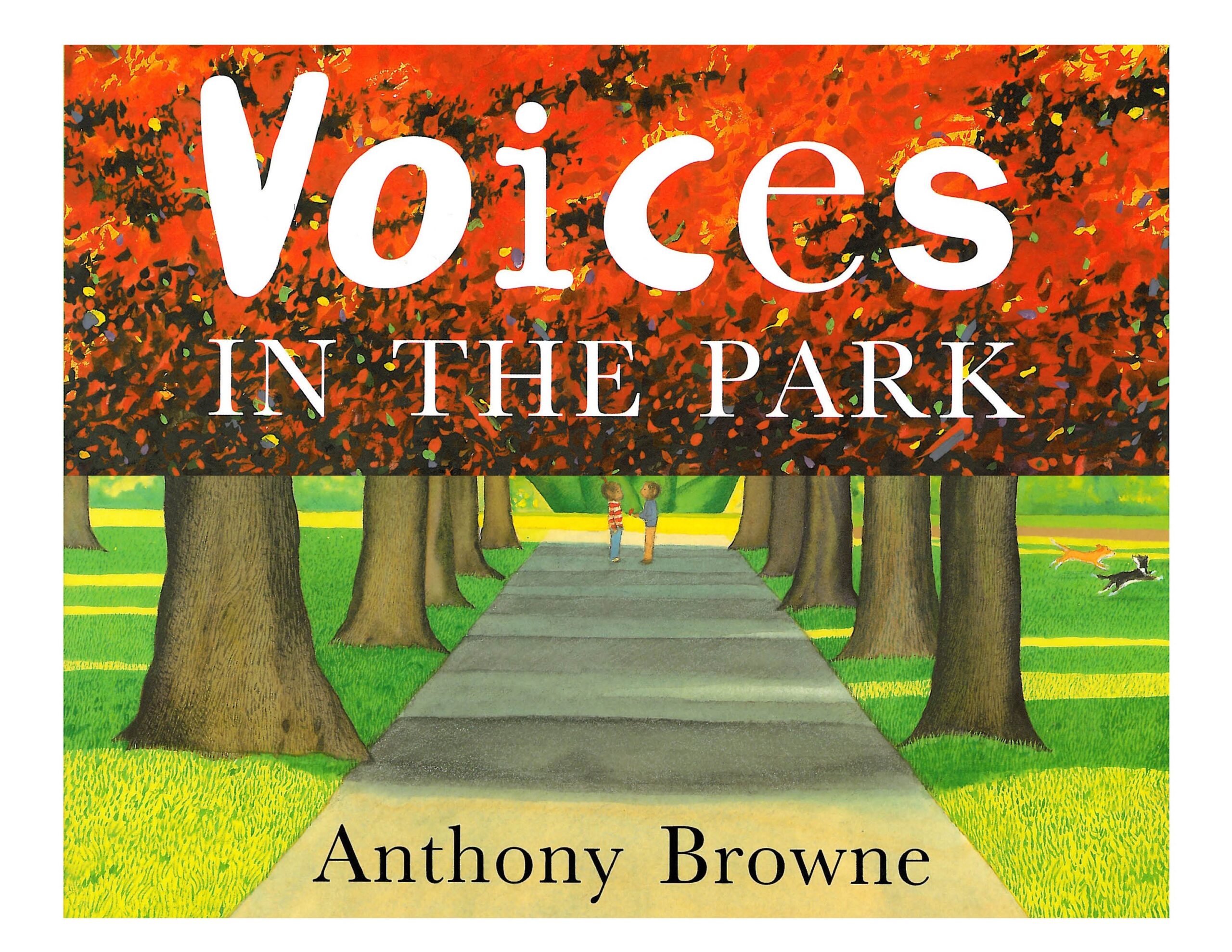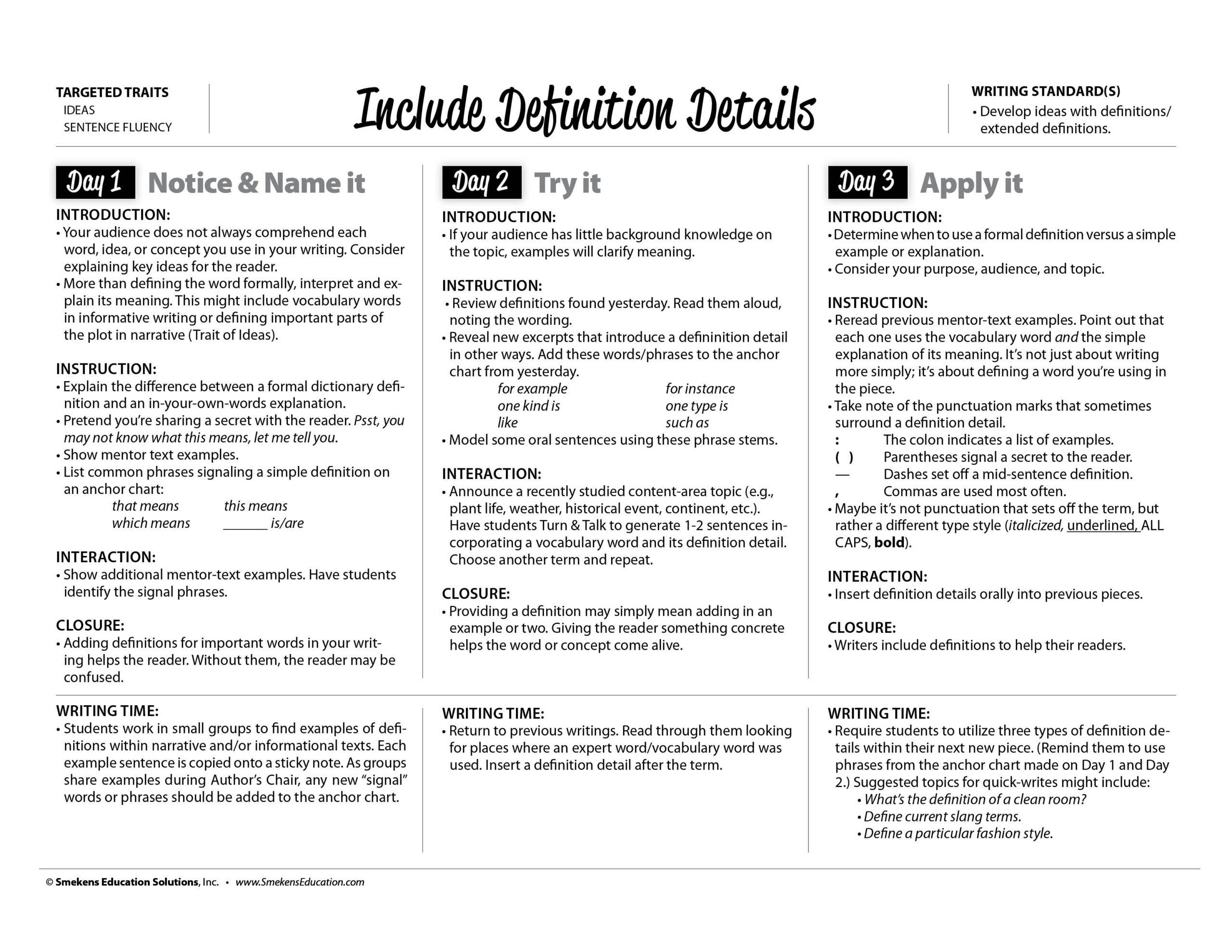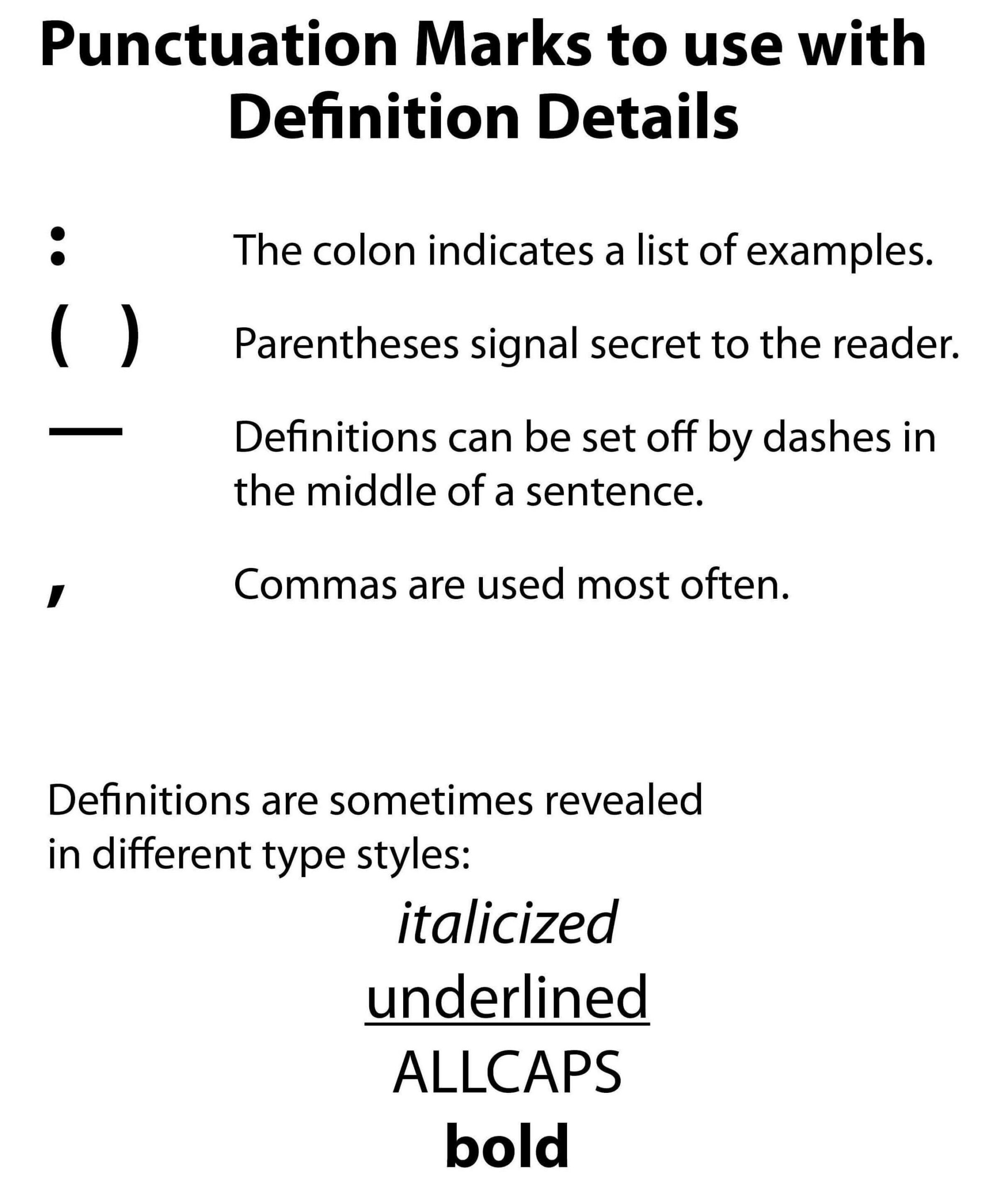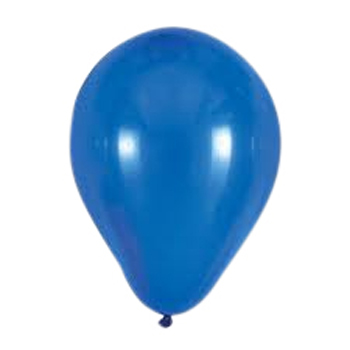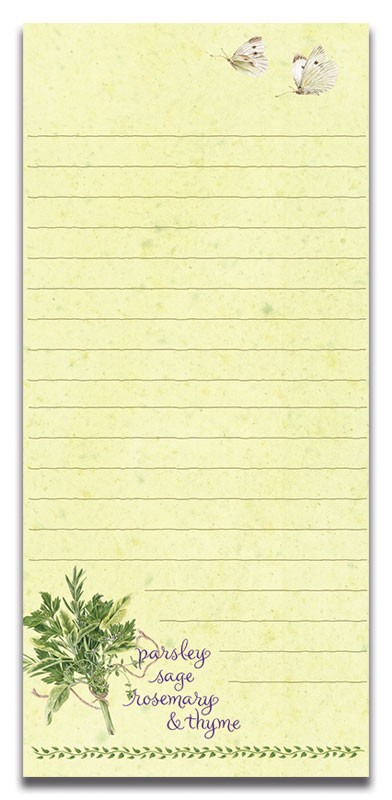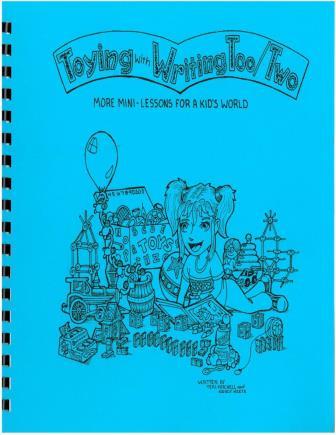Best-of-Smekens Writing Conference:
Writing Remix 2017
SECRET SITE
SESSION 1
Effectively Apply Mentor Text within a Mini-Lesson
Collect student writing samples
Identify excerpts from published texts
Make intentional connections between reading and writing by showing mentor text whenever beginning a new writing genre.
Ruth Culham has a suggested list of published texts for primary and middle school teachers.
SESSION 2
Understand how the Smekens Approach Supports Any Writing Program
Smekens Education supports curriculum planning
Smekens Education supports best-practice instruction


Download direct connections Kristina made to the RISE Teacher Effectiveness Rubric.


Download direct connections Kristina made to the TAP Rubric.
Smekens Education supports assessment of student writing
SUMMATIVE ASSESSMENT RESOURCES
FORMATIVE ASSESSMENT RESOURCES
SESSION 3
Plan a Dynamic Writing Mini-Lesson
Plan the 4 essential steps
Organize mini-lessons by trait, not by unit
Organize mini-lesson skills by their coordinating traits, not by the writing units. This makes it easier to find any lesson, regardless of the unit you are teaching.
Stay on topic with titles
Develop ideas with supporting details
Watch the complete mini-lesson video (above) and then access all the related resources (below).
After revealing the before and after “Spring Break” examples, guide students to try adding legs to undeveloped ideas. Provide small groups or pairs one of these three possible examples.
SESSION 4
Teach a Skill within a Multi-Day Mini-Lesson Series
DAY 1
LESSON FOCUS:
“Puffing up” a detail within a pre-write into a multi-sentence paragraph
DAY 2
LESSON FOCUS:
“Puffing up” a pre-write detail with specific information to generate a multi-sentence paragraph
DAY 3
LESSON FOCUS:
Generating a pre-write list and “puffing it up” into multi-sentence paragraphs
Day 1 – Step 1
Day 2 – Step 1
Day 3 – Step 1
Day 1 – Step 2
Day 2 – Step 2
Day 3 – Step 2
Day 1 – Step 3
Day 2 – Step 3
Day 3 – Step 3
Day 1 – Step 4
Day 2 – Step 4
Day 3 – Step 4
Move toward mastery
Adjust the purpose of the mini-lesson and the writing time across several days. This requires planning the four parts of an effective mini-lesson and the follow-up writing task.
Develop paragraphs


On Day 2, teach students to find and develop a single facet of a topic using sticky dots. See the “Spring” anchor papers.
View this Day 3 mini-lesson on “Colorful Sentences.” Mini-Lesson Resources: PDF | Smartboard | K-1 anchor papers
Show “where” with prepositional phrases
On Day 1, reveal Emily Dunbar’s “Preposition Song” about the kids and the box. Here are the opening lyrics.


On Day 2, students add prepositional phrases using the Spider-Leg strategy. Compare this to supersizing sentences using the Giant Magic Straw.
Another Try-It writing task could include “Prepositional Phrase Scavenger Hunt.” Use a busy scene like these images from archived Highlights magazines. (Download all six as an 11×17 PDF or click each JPEG image.)
Juggle perspectives/viewpoints
On Day 2, reveal the same situation told by four characters in Voices in the Park.
Add a tech component to the Day 2 writing task. Download 4-slide PowerPoints created by former fourth grade teacher Deb Conley of Fairview Elementary (Sherwood, OH) and her students.
Day 3 transitions from free-choice topics to content-area concepts. Challenge students to write about content-area concepts from a unique perspective.
Include definition details
For every topic-specific vocabulary word students include in their writing, they can insert an explanation or synonym. This improves the word choice and demonstrates a sense of audience.
During the mini-lessons on Day 1-2, reveal examples of 8 different types of definition details.
Build an anchor chart with students that lists the various phrases that lead into a definition detail.
By Day 3, students will likely be ready to pair their definition details with appropriate punctuation marks.
SESSION 5
Make Lessons Visual
Connect to the concrete & familiar
Make lessons visible
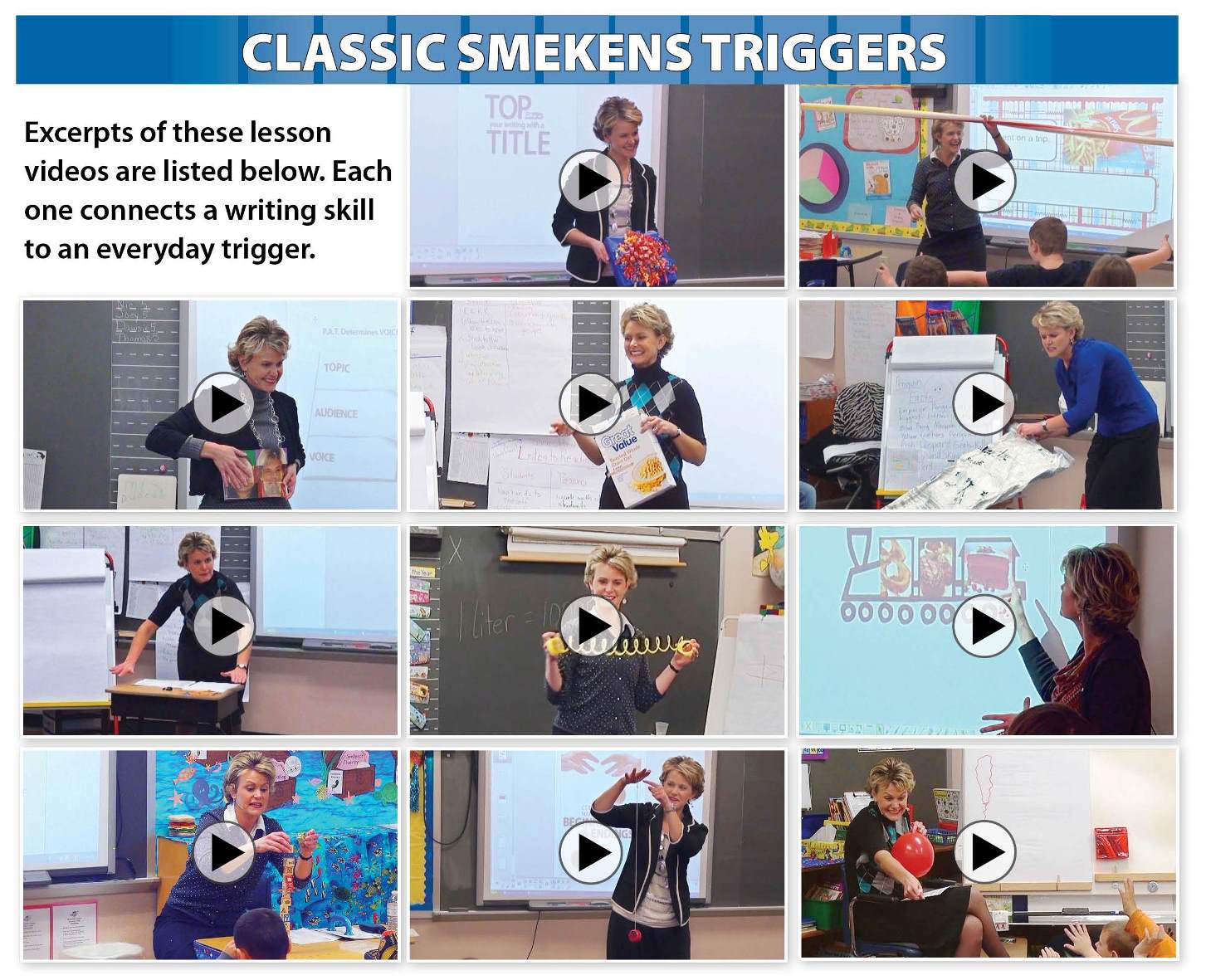

Toying with Writing and Toying With Writing Too/Two detail mini-lessons for writing that all include a suggested toy or object to use as a visual trigger.


